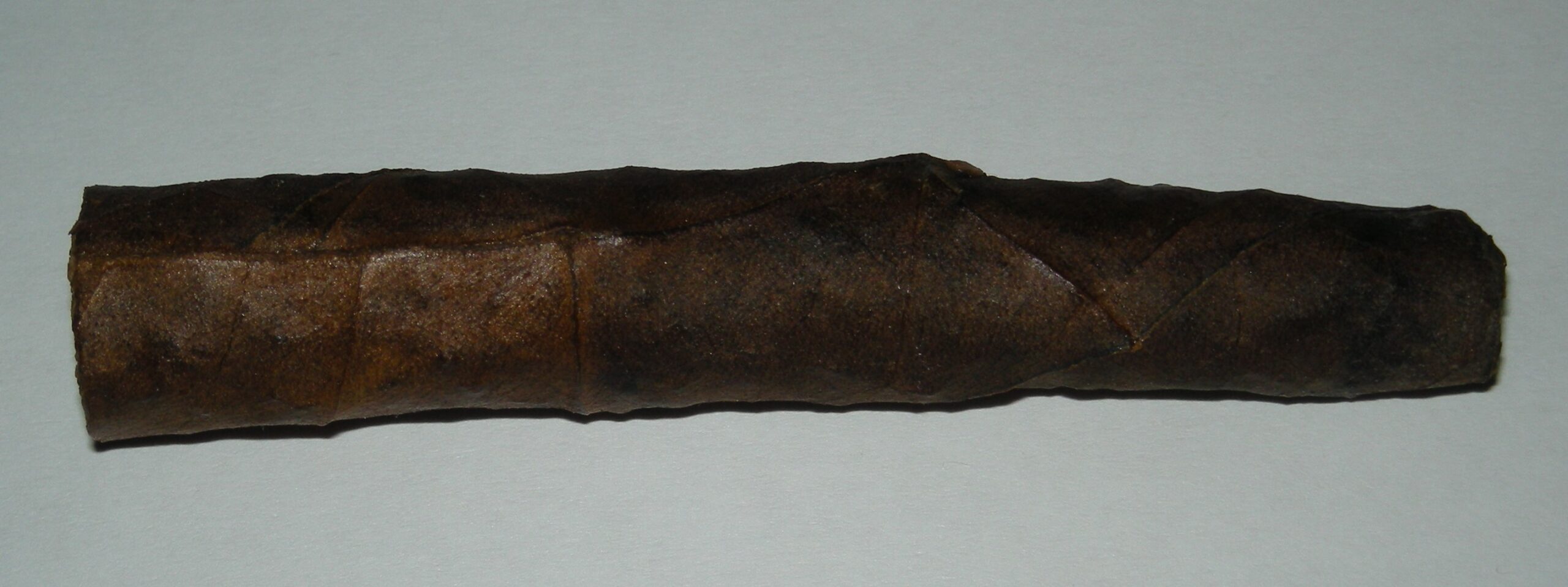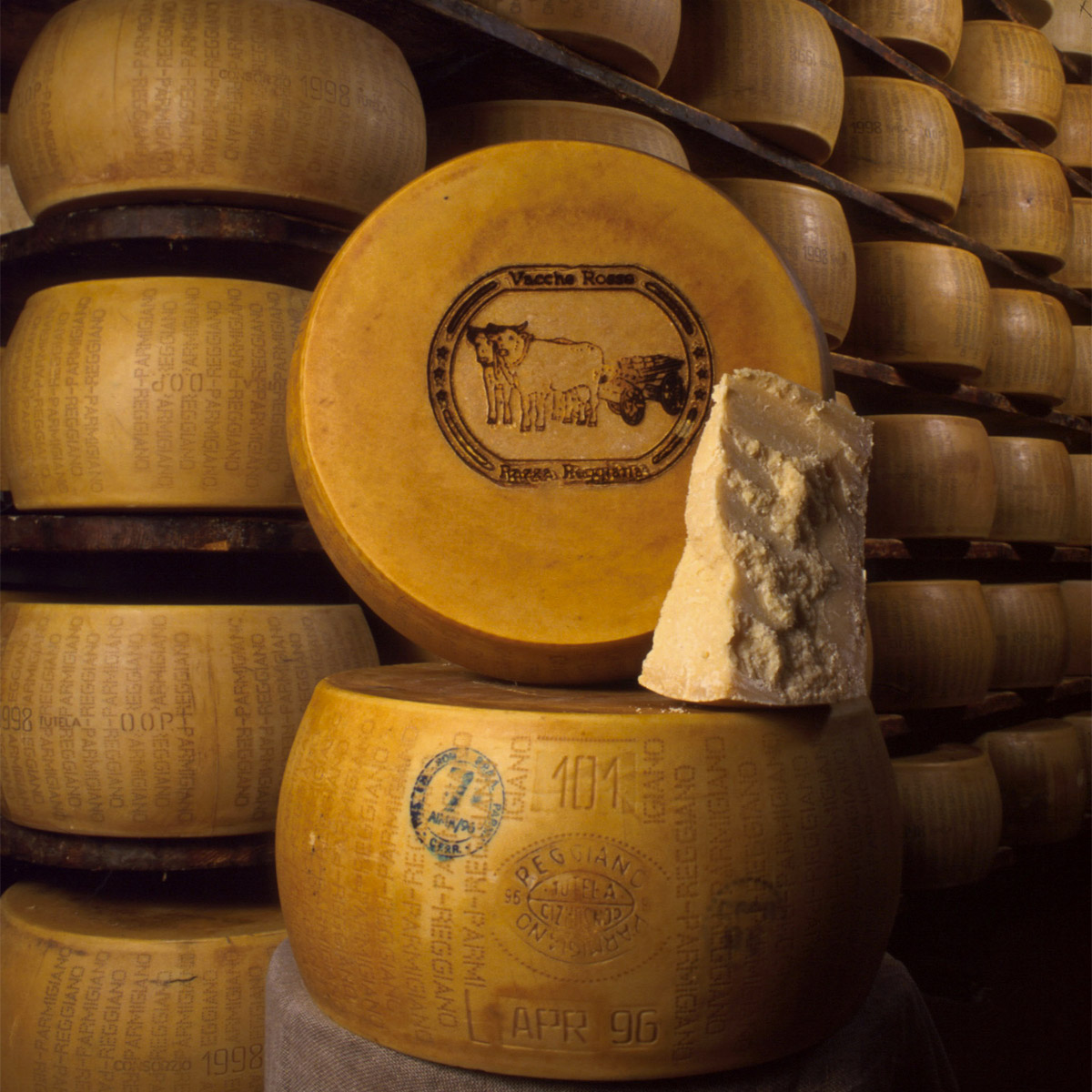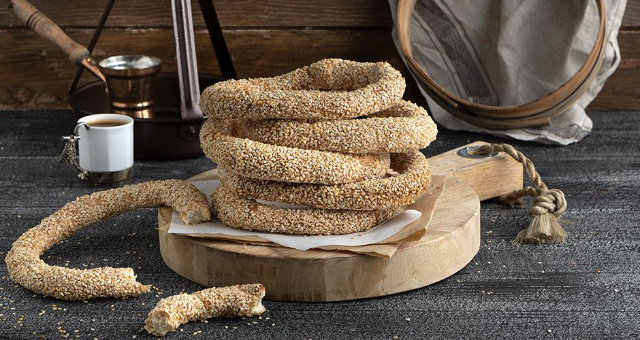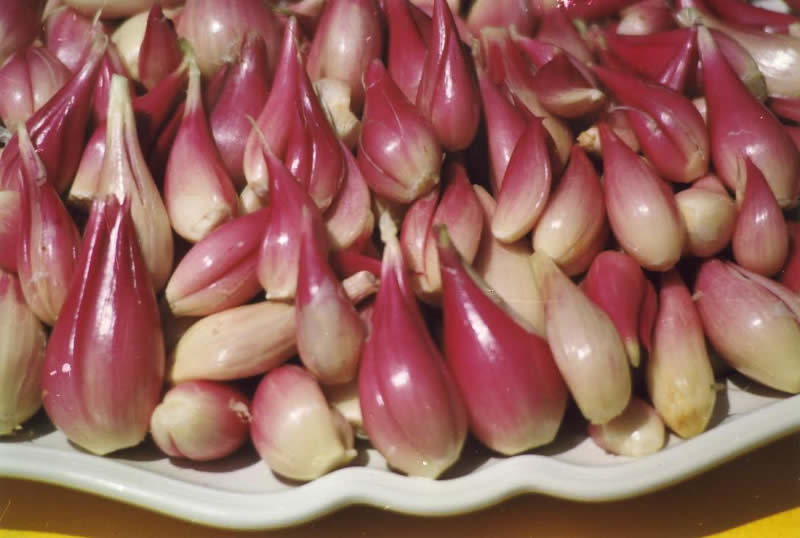Italy is also the leading exporter of tobacco in Europe and Campania is the leader in this sector. Alone, in fact, it produces 50% of Italian tobacco. It is in the provinces of Caserta, Benevento and Avellino that the greatest production is concentrated, where, respectively, 41%, 33% and 15% of the entire regional production is produced.
In the year 1635 was established in Naples a real Monopoly regime, the first concessions of tobacco cultivation were born in the capital, in the Monastery of S. Chiara and in the area of Lecce. Later, at the beginning of the nineteenth century, Joachim Murat encouraged the cultivation of tobacco in Campania, guaranteeing the withdrawal and its placement in the manufactures, then private, since there had been a contraction of this crop.
With the removal of the English fleet, which had put a blockade on foreign imports, during the French domination, the convenience of growing tobacco instead of cotton, cereals and legumes, indispensable materials in a situation of mercantile isolation, returned. With Ferdinand I was created the monopoly of both cultivation and processing, a monopoly which after some decades was sold to the Prince of Torlonia. After a certain expansion of the cultivation, in which Erbasanta excelled as a product to be sniffed, which involved the whole of our Principality, up to the plain of Salerno and beyond, there was a stabilization of the production which took place mainly in Cava, Nocera Superiore and small portions of the territory of Vietri.
After the Unification of Italy, the benefit of cultivation was granted by the State Privy Council, which also exercised control in order to crush smuggling, which was very widespread.
In 1841, on July 9, the Intendenza del Principato Citeriore wrote to the Mayor of Cava, that growers used the "tacconcelli" (small apical leaves) to replace the best leaves, which instead of being delivered were smuggled. In 1845, given the growing production of tobacco in the territory of Cava, was established in Cava, in Passetto, a factory branch of the manufacture of Naples. It was used to obtain snuff from the leaves of nicoziane, and had an adjoining agency for the collection of raw tobacco. At the national level, the Private Company, not having fulfilled the expectations of the Government with regard to the development and profitability of the crop, was replaced in 1868 by the Regia Cointeressata, strongly desired by the then Minister of Finance, Quintino Sella, who in this way associated the state tobacco industry with private initiative and activity.
The agreement lasted 15 years. From 1884 the State took over the direct management of the monopoly. With the provision of 9/27/1893 was created the General Directorate of Private, assisted by a Technical Council of Tobacco, with the task of instructing about the characteristics and profitability potential of the crop, as well as the latest techniques. The improvements were evident both in the cultivation for export and in the experimental cultivations. Despite this, it was believed that the production did not reach sufficient quantity and quality levels.
In order to give a new impulse to the study for the qualitative improvement of the native productions and for the production of hybrids, it was established in Scafati, in 1895, the Regio Istituto Sperimentale e di Tirocinio per la coltivazione del tabacco, founded by Dr. Leonardo Angeloni.
The factory from 1879 onwards had to undergo countless works of adaptation, to make it suitable for the processing of cigars, with very precise clauses; so much so that in 1887 it became necessary to build an oven to "burn" the unserviceable tobacco. In the year 1912 it could have seemed extravagance to manufacture the "Toscano" in Campania, but the proverbial southern modesty and the ascertained suitability of the climatic condition of Cava, intervened to specify that a "cadet" branch of the Toscano was born, called "Toscanello". In 1982, the writer was lucky enough to witness the birth of the cigar "Garibaldi", strongly wanted by the eminent writer and director Mario Soldati, fond of light colored cigars. As a matter of fact, in Cava the undersigned, together with the Director of the pro-tempore Manifattura, selected the suitable tobaccos, in order to produce a light brown cigar, less pronounced in taste, with reduced contents of total nitrogen and nicotine, more pleasant to the palate and with a more attenuated aftertaste, compared to the traditional Tuscan.
Kentucky tobacco, hybrid and characterized in the area of Benevento, turned out to meet the needs required by the General Management. This selection stemmed from a cultural heritage that the Administration of State Monopolies instilled in its technicians, since it was believed that a deep knowledge of the raw material, i.e. tobacco, was indispensable to fully understand the technological process of manufacturing Italian cigars.













